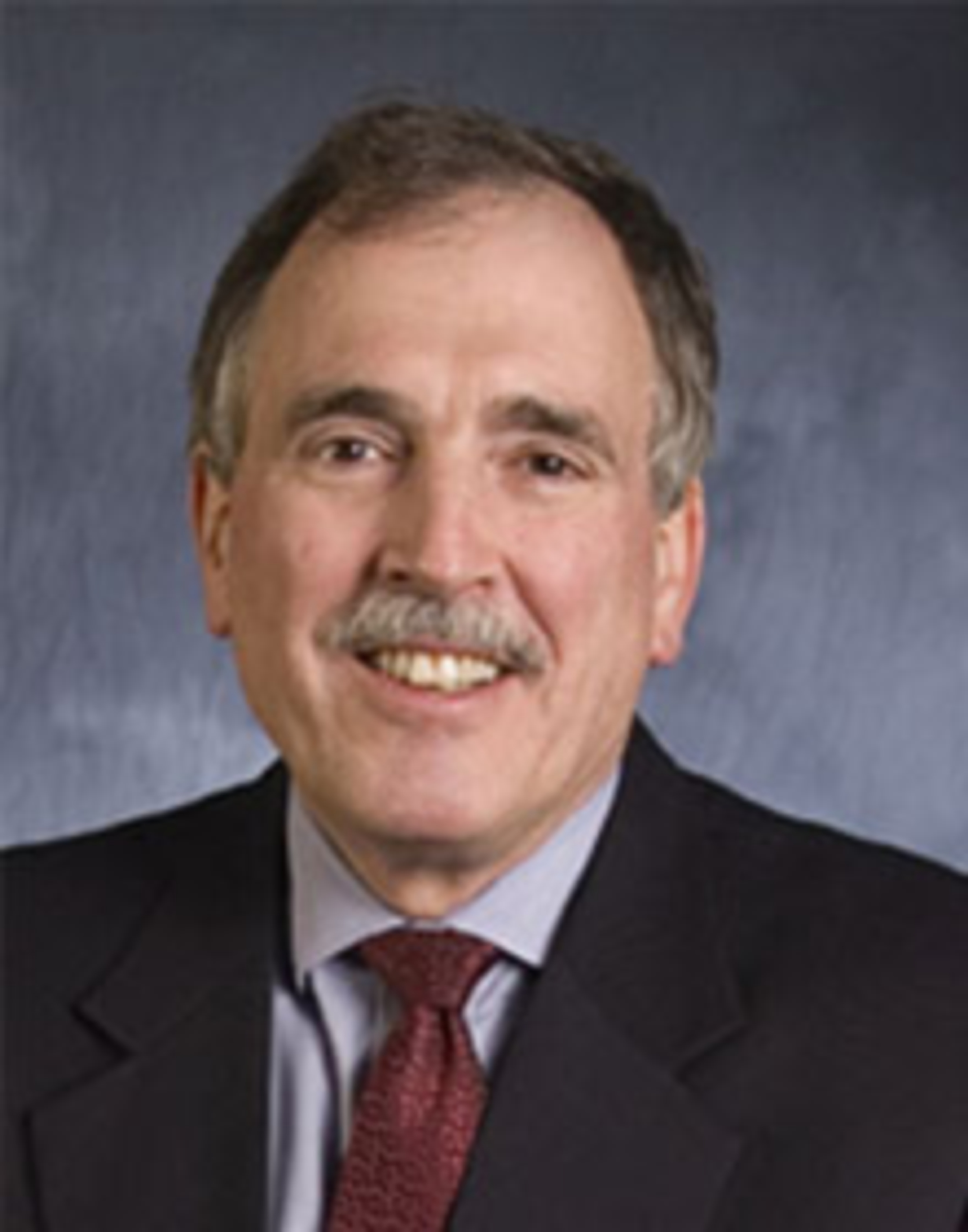Data Proc & Acqui SIG: Seismic interpretation when short-period internal multiples are present* - Dec 4th

Sponsored by Schlumberger
Event Location:
Schlumberger
Q Auditorium
10001 Richmond Avenue
Houston TX 77042 USA
NOTE: You Must be Logged in to Register
Speaker: Fred Hilterman*, GeoKinetics, Inc.
Co-authors: Frank Nicholson, Beach Energy and Chen Qi, University of Houston
Seismic waves propagating through thin beds with large acoustic impedance (AI) contrasts have a distinct signature called stratigraphic filtering (SF). It is a low-frequency bell-shaped signal at the front end followed by a high-frequency noise coda. Subsequent reflections are low frequency, delayed and exhibit poor continuity; a consequence of the short-period internal multiples. Applying a high-cut filter to the seismic and synthetic removes the noise coda and improves the correlation. Now, the need for multiple suppression of long-period internal multiples is determined with primary-only and multiple-only synthetics that have SF effects to match the seismic. Multiple generators are easily identified for multiple suppression with synthetics morphing from primary-only to primary plus multiples. Likewise, the stretch produced by SF is easily determined by inverting the primary and multiple synthetics for impedance correlation. The reduction in frequency is not desirable in the final product so in the time-frequency domain the high signal-to-noise portion of the low frequency is extended to the high frequency. These principles are part of an interpretation workflow applied in the Cooper Basin, Australia, which has as many as 50 coal beds of Permian age. By suppressing the SF effects from the Permian coal beds, the quality of fault and stratigraphic interpretation increases for units within the Warburton Basin below the coal beds.
Speaker Biography: Fred Hilterman, GeoKinetics, Inc.
Fred Hilterman works for Geokinetics and is a Distinguished University Professor at UH. He received a Ph.D. from Colorado School of Mines (CSM), worked at Mobil and then UH. In 1981, he co-founded GDC with partners John Sherwood and Reg Neale.
He was the 2001 SEG DISC Instructor, Associate Editor of Geophysics, Chairman of TLE Editorial Board; and, both Technical and General Chairman of SEG Annual Meetings, and SEG President. Fred received the SEG Best Paper and Best Presentation Awards and SEG’s highest award, the Maurice Ewing Medal.
Time Schedule:
4:30 PM – sign-in, social time
5:00 PM – start of presentation
6:00 PM - close of meeting
THANK YOU TO OUR GENEROUS SPONSORS:
